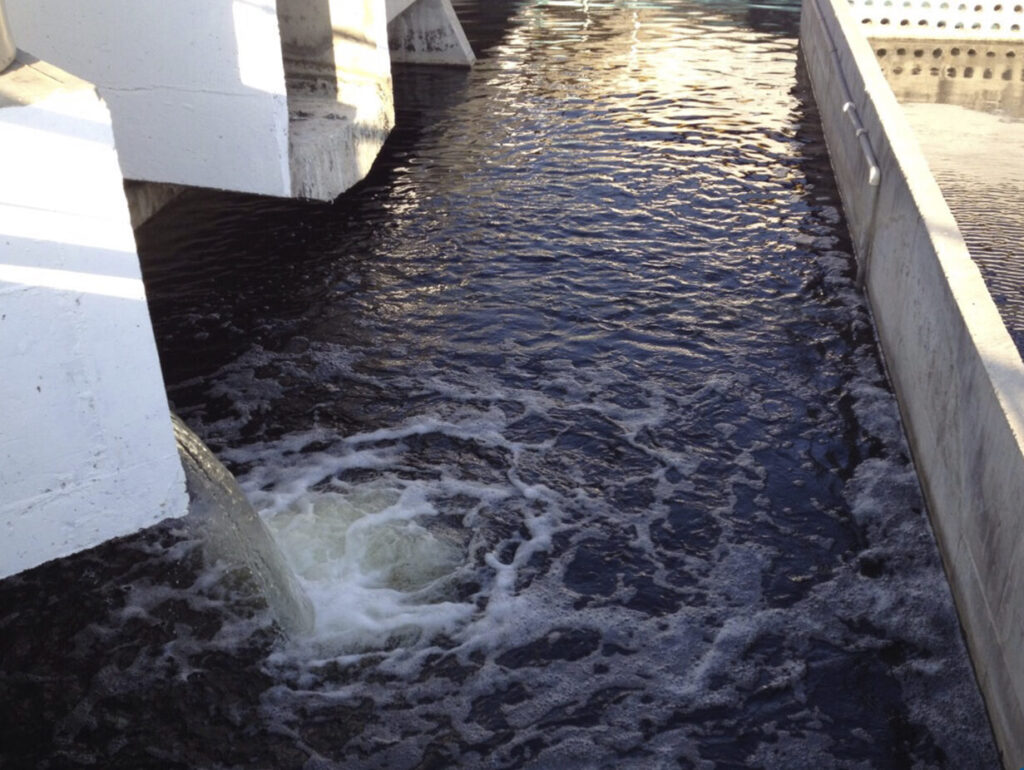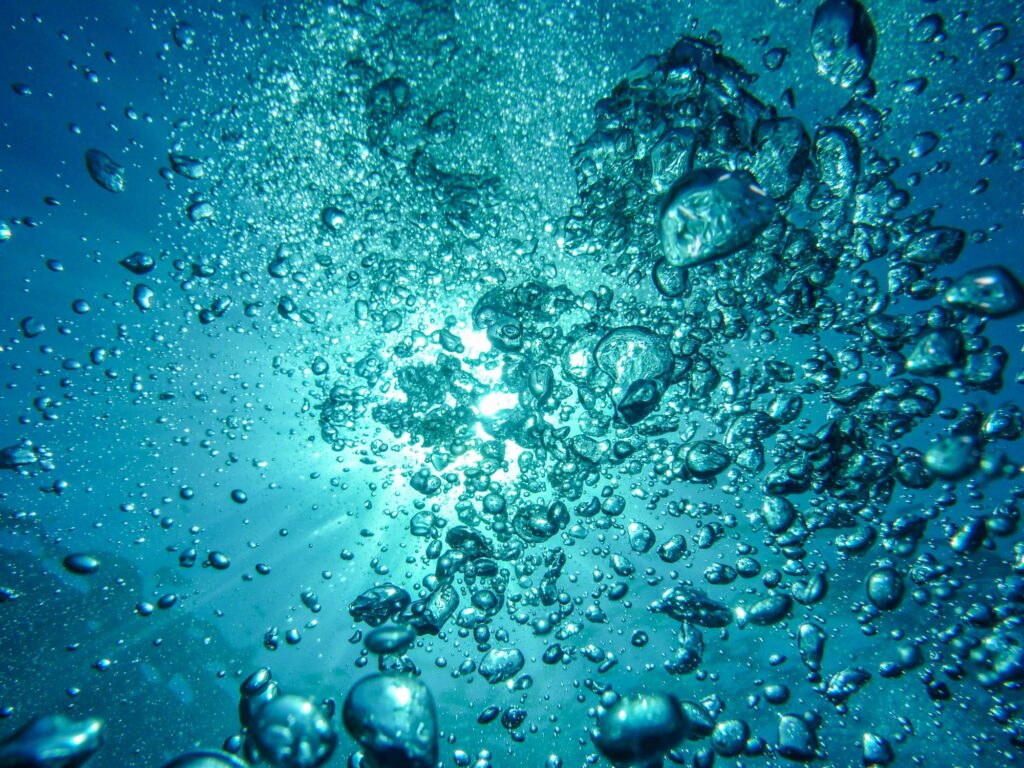Besides being dumped down the drain, the wastewater is also often used for agricultural irrigation, and in some countries, it is even reused for human consumption.
Whether it is returned to the ecosystem or made potable for drinking, wastewater must be fully treated and disinfected. But how to accomplish the disinfection of contaminated water?
There are wastewater treatment plants that treat water to renew its original quality and can be safely reused in activities such as agricultural and garden irrigation, cleaning public spaces, fire fighting, car washes, toilets, etc. In addition, in some countries such as Singapore, the treated water has potable quality so that it can be consumed by its residents.
How are harmful substances removed from wastewater?
The answer is water disinfection. It is the last and one of the crucial steps in wastewater treatment. After the removal of the suspended solids, at this stage, all viruses, bacteria, or other harmful pathogens are eliminated, avoiding health problems that could arise from their contact. There are safe methods of disinfection of wastewater to achieve an ideal quality of treated water for reuse and consumption.
Chlorine as the safest method
The most widely used method is chlorine that enters the water in liquid form. This chemical kills a large number of pathogens; even if they are not killed, they are inactivated to the point where they can no longer reproduce.

The benefit of chlorination is that the water remains disinfected long after chlorine application, which makes this method very effective. Wastewater treatment plants also use chlorine on a large scale for its ease of dosing.
However, it must be considered that chlorine residues in wastewater are toxic. This means that the chlorine could kill microorganisms after reusing the water, for example for irrigation.
Ultraviolet disinfection
Unlike chemical chlorine treatment, UV light disinfection of wastewater is a physical process with higher safety standards.

When water falls into a designated spot, it is exposed to ultraviolet radiation that kills undesirable microorganisms, rendering them unable to reproduce. What is even better, UV light inactivates mainly viruses and bacteria, without residues of harmful substances. The process is very simple and does not require a large area for irradiation.
However, it takes longer to kill some of the microorganisms in the wastewater, so the process takes longer and requires more doses of UV light. Compared to chlorine, UV light treatment is significantly more expensive.
Ozone for fast disinfection
E. coli is a bacteria commonly found in the small intestine. Some E. coli mutations are not vital because they are harmful and cause diseases such as diarrhea, pneumonia, or urinary tract infection. This bacteria can also be found in contaminated wastewater. Disinfection, however, is enough for its removal; ozone, for example, kills up to 99% of harmful E. coli bacteria.
Ozone seeps into the water in gaseous form to do two things: treat the water and remove all harmful microorganisms. Thanks to its rapid spread, ozone disinfection of wastewater takes up to 30 minutes, so the water is cleaned in no time.

However, a higher concentration of ozone is required to inactivate some of the bacteria and viruses, so treating wastewater with this method results in much higher costs than chlorination.
If you need to find a wastewater treatment solution tailored to your needs and budget, don’t hesitate to contact us. Bclear experts will be happy to help you.